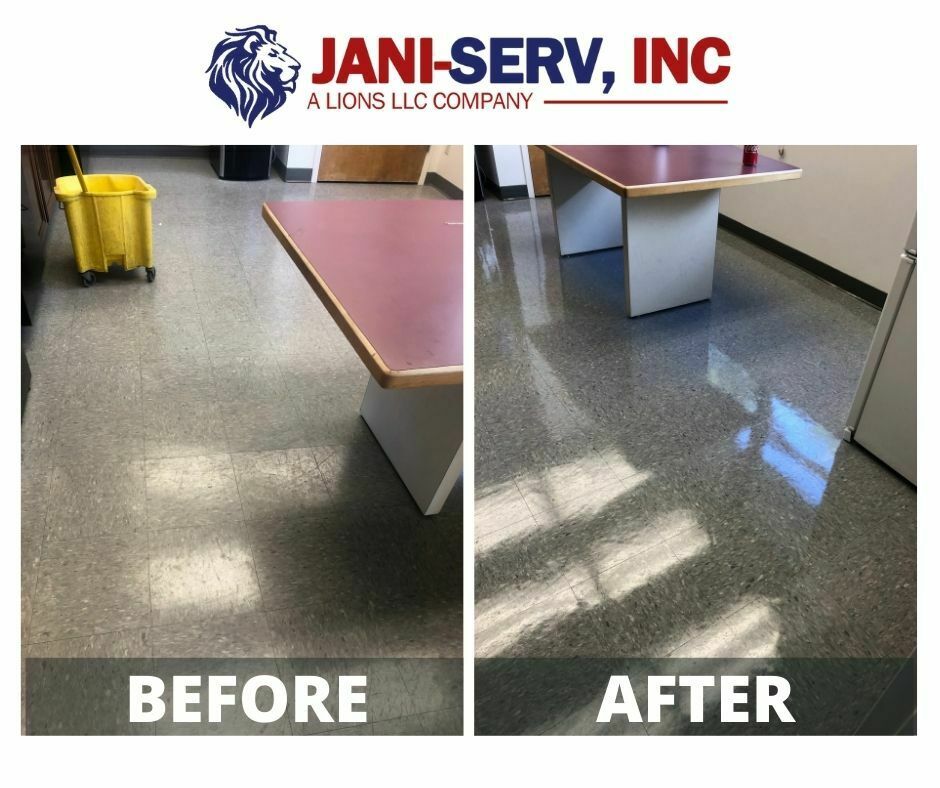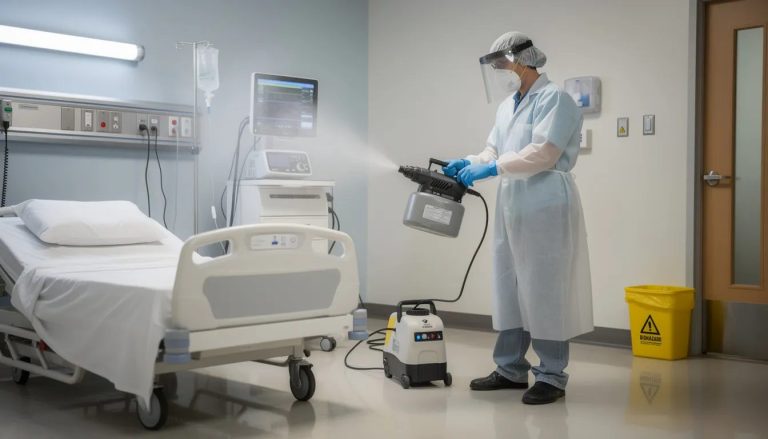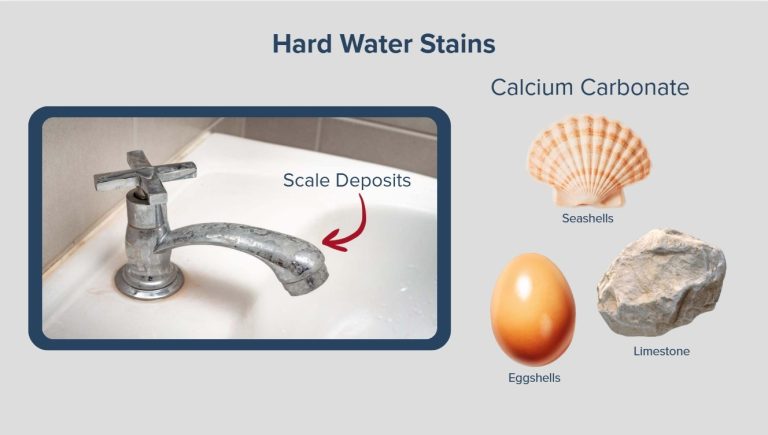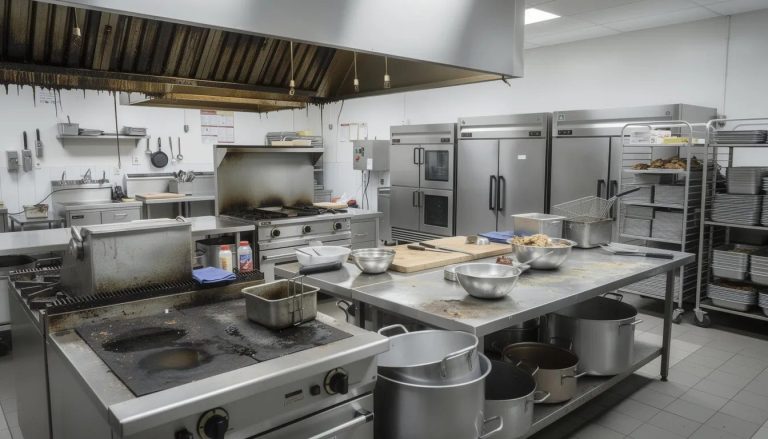
Keeping High Traffic Areas Clean
High-traffic areas are the places in your business or building with the most foot traffic. This indicates that this is the most visited place in your building. That being said, such areas must be well maintained. In keeping up with these high-demand areas, you can project that you care and are responsible for your facilities.
Aside from the aesthetic appeal, there is a more pressing reason to keep these areas clean. Money. Costly repairs and replacements to these areas can add up quickly if these areas are not properly maintained. Daily wear and tear over time can lead to destroyed or damaged flooring. By keeping these areas clean, you can increase the longevity of your flooring and possibly save yourself time and money.
To know that you are keeping these areas clean, consider daily maintenance depending on your flooring type. Do you sweep, mop, and vacuum routinely? Do you hire a commercial cleaning company to clean your carpets deep or wax your floors? If you answered yes to both these questions, it is more than likely that you are doing a great job keeping these high-traffic areas well-maintained!
Small businesses prioritize cleaning high-traffic areas for several compelling reasons. Firstly, maintaining cleanliness in these areas enhances the overall image and reputation of the establishment. A clean and well-maintained space conveys professionalism, reliability, and a commitment to customer satisfaction, which can lead to increased customer trust and loyalty.
Secondly, clean high-traffic areas contribute significantly to the health and safety of employees and customers. Regular cleaning helps minimize the spread of germs, viruses, and allergens, reducing the risk of illnesses and creating a healthier environment. This is particularly crucial in the post-COVID-19 era, where hygiene has become a paramount concern.
Moreover, a clean and organized space improves productivity and morale among employees. Cluttered or dirty areas can be distracting and demotivating, whereas a clean workspace fosters a more positive and efficient work environment.
Additionally, regular cleaning of high-traffic areas can extend the lifespan of fixtures, furnishings, and flooring, saving businesses money on costly repairs and replacements in the long run.
Lastly, small businesses often have limited resources, making preventive maintenance and cleaning a cost-effective strategy. Neglecting high-traffic areas could result in more significant issues down the line, leading to higher expenses and potential disruptions to operations.
In conclusion, small businesses prioritize cleaning high-traffic areas not only for aesthetic reasons but also for the health, safety, productivity, and cost-saving benefits it brings. It is a wise investment that contributes to the success and sustainability of the business.
Maintaining Cleanliness in High-Traffic Areas
In the bustling world of commercial spaces, high-traffic areas are the lifeblood of daily operations. From office complexes and retail stores to airports and healthcare facilities, these zones are hubs of activity, continuously bustling with employees, customers, and visitors. However, this constant flow of people also brings challenges – the need for stringent cleanliness and maintenance.
The Significance of High-Traffic Areas
High-traffic areas are focal points of interaction, and their cleanliness plays a pivotal role in shaping the perception and functionality of any space. Here’s why it’s crucial:
1. First Impressions Matter
For businesses, creating a positive first impression is paramount. A clean, well-maintained high-traffic area sets the tone for the rest of the experience. Whether it’s a gleaming corporate lobby or a spotless retail entrance, a clean space invites customers and visitors and conveys professionalism.
2. Safety and Health Concerns
Cleanliness isn’t just about aesthetics; it’s also about safety and health. High-traffic areas are breeding grounds for germs, dirt, and allergens. Regular cleaning and sanitation reduce the risk of illnesses spreading among employees and customers, making for a healthier environment.
3. Longevity and Sustainability
Frequent use often leads to wear and tear. Proper maintenance of high-traffic areas, including flooring and fixtures, can extend their lifespan. This translates to cost savings, reduced environmental impact, and a more sustainable approach.
Strategies for Effective High-Traffic Area Cleaning
1. Establish a Cleaning Schedule
A well-thought-out cleaning schedule is the foundation of cleanliness in high-traffic areas. Determine the frequency of cleaning tasks, considering factors like foot traffic, weather conditions, and the type of space. High-traffic areas may require daily cleaning to maintain their appearance and hygiene.
2. Use the Right Cleaning Products
Select cleaning products and equipment that are suitable for the specific needs of high-traffic areas. This may include heavy-duty vacuum cleaners, stain-resistant flooring materials, and disinfectants to combat germs effectively.
3. Address Spills and Stains Promptly
In high-traffic areas, spills and stains are inevitable. A quick response is critical to prevent permanent damage and maintain cleanliness. Keep spill kits readily available, and train staff on how to handle accidents promptly.
4. Focus on High-Touch Surfaces
High-touch surfaces like doorknobs, handrails, and elevator buttons require special attention. Regular disinfection of these areas reduces the risk of germ transmission and enhances safety.
5. Implement Preventive Measures
Preventive measures can go a long way in preserving cleanliness. Use entryway mats to trap dirt and debris, encourage the use of hand sanitizers, and establish clear guidelines for trash disposal.
6. Seek Professional Cleaning Services
Incorporating professional cleaning services into your maintenance plan can ensure that high-traffic areas receive the specialized attention they require. These experts have the knowledge, tools, and experience to tackle even the toughest cleaning challenges.
Conclusion
Maintaining cleanliness in high-traffic areas is not just a matter of aesthetics; it’s a fundamental aspect of safety, health, and sustainability. It influences the perception of your space, affects the well-being of occupants, and can lead to significant cost savings in the long run. By establishing a robust cleaning regimen, using appropriate products, and focusing on high-touch areas, businesses can ensure that their high-traffic zones remain inviting, safe, and functional. In a world where cleanliness and hygiene have taken center stage, investing in the upkeep of these critical spaces is both a necessity and a smart business decision.






